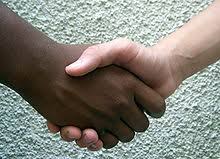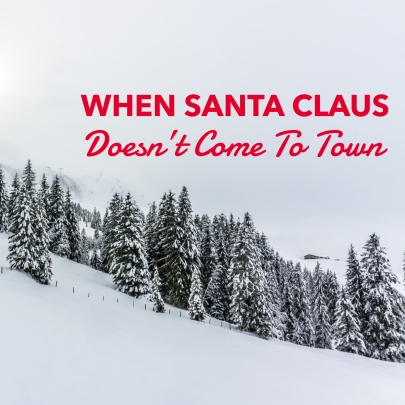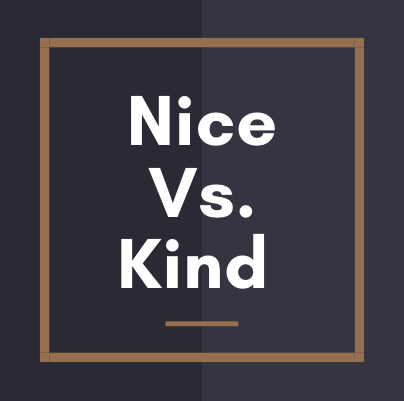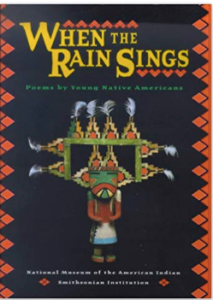A minute ago, it was summer. Now, the leaves have all blown away, the garden has been put to bed, the sun only works part-time, and the snow dared to arrive in my part of the world. We are eyeball deep in the season of assessments, report cards, and parent-teacher conferences. We are all exhausted. But we have a break in sight. Despite Christmas commercials insisting we should have been shopping since the beginning of October, it’s Thanksgiving’s turn next.
The Thanksgivings of my youth were spent at Nana’s and Papa’s house in Indiana, family and friends crowded around folding tables, eating the turkey Dad carved with Papa and the noodle kugel Nana made for every gathering. Before the long road trip there, we celebrated and did activities at school: paper hand turkeys, coloring pages of cornucopias and Pilgrims and “Indians”, writing about what we were thankful for, and once, a feast that included venison stew made from the meat of a deer my teacher had hunted.
As I have grown more aware of how simplified, inaccurate, and white-washed my school experience was of Thanksgiving, I will work to do better as I teach this generation of children. We will not color stereotypical portraits of Native people. We will not teach that the Pilgrims and Native people lived in harmony or in an equitable symbiotic relationship. We will not talk and read about the Wampanoag or any Native peoples ONLY for a day or two…on the contrary, we will continue to talk and read about indigenous people in ways that challenge biased perspectives of history, invites critical conversations of Native peoples’ experiences, and centers them accurately in their own stories. We will be inclusive of Native voices in our read alouds, our classroom libraries, and our shared reading.
November is officially Native American Heritage Month. Much like Black History Month, and other recognized cultural spotlights, they were created to draw awareness and attention, as well as, to make space for celebration and recognition. These designated months are a tremendous opportunity to educate ourselves and others about cultures, ethnicities, and identities that deserve our time and undivided attention, and intended to encourage awareness and education all year long. But they can be a double-edged sword.
A highlighted month does not permit us to relegate diversity to a determined frame of time, a curricular unit, or as a means of comforting the majority. If as educators, we save stories by and about Native people only for November, if we don’t include representation outside of the month, then we guarantee that they will always be “othered”. What happens when Native children see books by and about indigenous people disappear from their educational experience after Thanksgiving? They disappear, too. However, if those same children hear books read aloud and find books in their classroom and school libraries by Joseph Bruchac, Cynthia Leitich Smith, Tim Tingle, Monique Gray Smith, Julie Flett, and more, they find their stories and people. They find their mirrors, their representation. Representational literature effectively communicates to its readers that they are worthy, their stories are real, and who they are is valuable and whole. For the many children in our classes who are non-native, these books serve as windows, glimpses into another’s experience, a way to grow education and empathy towards those different from ourselves.
This November, if you are making a point to read books about America’s first people, ensure you are sharing culturally accurate, truly representational texts, and elevating #OwnVoices texts created by Native authors and illustrators. Then, be sure to read, share, and shelve them throughout the year. Make that promise to yourself and your students that the stories and experiences of indigenous people are valid and normal any time of the year. Buy some for your classroom or get them from the library. Your library doesn’t stock it? Ask them to purchase it for circulation. Research, reach out, and read. Here’s a picture book resource list from Cynthia Leitich Smith and few of my recent favorites to get you started. Images and descriptions courtesy of Goodreads.com.

Picture Book: “A look at modern Native American life as told by a citizen of the Cherokee Nation.”

Picture Book: “…encourages children to show love and support for each other and to consider each other’s well-being in their everyday actions.”

Picture Book: “Go on a Mission to Space with Chickasaw astronaut John Herrington, as he shares his flight on the space shuttle Endeavor and his thirteen-day mission to the International Space Station.”

Picture Book: “Nimoshom loved to drive the school bus. Every day, on the way to and from school, he had something to say. Sometimes, he told the kids silly stories. Sometimes, he taught the kids a new word in Cree.”

Picture Book: “Set in the Okanagon, BC, a First Nations family goes on an outing to forage for herbs and mushrooms. Grandmother passes down her knowledge of plant life to her young grandchildren.”

Picture Book: “Circles are all around us. We just have to look for them. Sometimes they exist in the most unusual places.”

Picture Book: “When Uncle and Windy Girl and Itchy Boy attend a powwow, Windy watches the dancers and listens to the singers. She eats tasty food and joins family and friends around the campfire. Later, Windy falls asleep under the stars. Now Uncle’s stories inspire other visions in her head: a bowwow powwow, where all the dancers are dogs.”

Picture Book: “As a young Navajo boy, Chester Nez had to leave the reservation and attend boarding school, where he was taught that his native language and culture were useless. But Chester refused to give up his heritage. Years later, during World War II, Chester—and other Navajo men like him—was recruited by the US Marines to use the Navajo language to create an unbreakable military code. Suddenly the language he had been told to forget was needed to fight a war.”

Middle Grade Picture Book: “When eight-year-old Irene is removed from her First Nations family to live in a residential school she is confused, frightened, and terribly homesick. She tries to remember who she is and where she came from, despite the efforts of the nuns who are in charge at the school and who tell her that she is not to use her own name but instead use the number they have assigned to her.”

Young Adult: “#NotYourPrincess presents an eclectic collection of poems, essays, interviews, and art that combine to express the experience of being a Native woman.”

Young Adult: “thoughtful story of a Native teen navigating the complicated, confusing waters of high school – and first love.”




 ad gathered around a particular sign. I heard some saying, “Why hasn’t anyone signed up yet?” and others saying, “What does this even mean?” The sign they were discussing said, “Cool kids Club Sooo Much fun we Do girl and Boy Stuff“. I had my immediate thoughts and it took everything not to insert them.
ad gathered around a particular sign. I heard some saying, “Why hasn’t anyone signed up yet?” and others saying, “What does this even mean?” The sign they were discussing said, “Cool kids Club Sooo Much fun we Do girl and Boy Stuff“. I had my immediate thoughts and it took everything not to insert them.


















